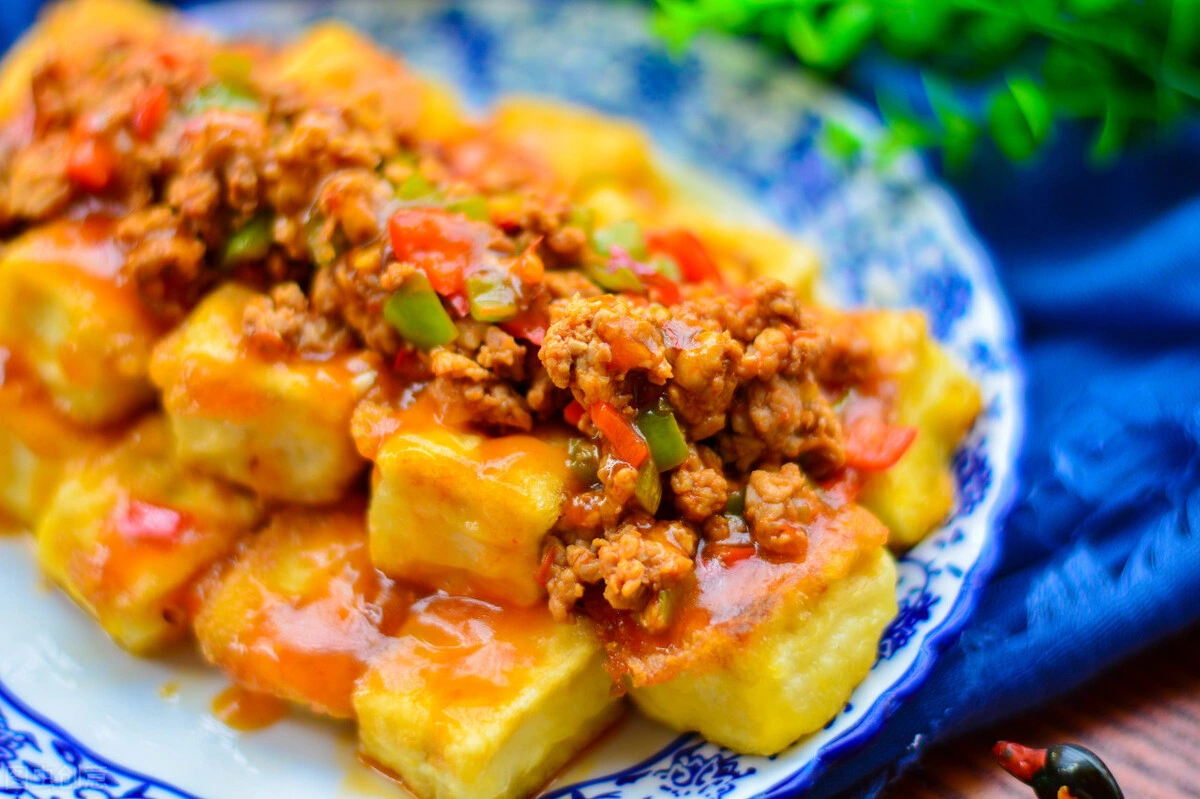The Art of Jianmen Tofu: A Culinary Journey through Guangyuan, Sichuan
Introduction:
As a culinary professional deeply rooted in the rich traditions of Chinese cuisine, I am thrilled to share the story of Jianmen Tofu from Guangyuan City, Sichuan Province. This delicacy, renowned for its exquisite taste and cultural significance, has been a staple in Sichuan cuisine for centuries. Let us delve into the origins, cultural background, ingredients, and the culinary artistry that makes Jianmen Tofu a true gastronomic treasure.
Origins and Cultural Background:
Jianmen Tofu, also known as “Jianmen Douban,” has a history that dates back to the Three Kingdoms period. Legend has it that the wife of a local official, inspired by the famous strategist Zhuge Liang, created a unique way of preparing tofu that was both flavorful and tender. Over time, this method evolved into the Jianmen Tofu we know today, which is now recognized as a part of the intangible cultural heritage of China.
Ingredients and Preparation:
The making of Jianmen Tofu is a labor of love, requiring only the finest ingredients. The main component is soybeans, sourced from the fertile lands of Sichuan, which are rich in protein and natural oils. These beans are soaked, ground, and then combined with a special type of brine, known as “douhua water,” to coagulate the protein and form the tofu. The result is a tofu with a firm yet delicate texture, perfect for absorbing the flavors of various dishes.
Taste and Texture:
Jianmen Tofu boasts a subtle, nutty flavor that is neither too strong nor too mild. Its texture is smooth and silky, yet it holds its shape well when cooked, making it an ideal canvas for a variety of culinary expressions. The tofu’s ability to absorb sauces and spices without losing its integrity is what sets it apart from other豆制品.
Visual Description:
When presented, Jianmen Tofu is often a sight to behold. The blocks of tofu are cut into uniform, rectangular pieces, with a creamy white hue that contrasts beautifully with the vibrant colors of accompanying ingredients. The surface of the tofu is smooth and slightly shiny, inviting the diner to savor its rich, silky texture.
Signature Dishes:
Jianmen Tofu is the star of many traditional Sichuan dishes. One of the most famous is “Huai Tai Tofu,” which translates to “Pregnant Tofu.” This dish features tofu filled with a savory mixture of minced meat and seasonings, then deep-fried to a golden brown, resulting in a crispy exterior with a tender, flavorful interior. Other notable dishes include “Mapo Tofu,” a spicy delight with a rich, chili-bean sauce, and “Jianmen Smoky Tofu,” which is grilled to perfection and imbued with a smoky aroma that complements the tofu’s natural flavors.
Culinary Characteristics:
The beauty of Jianmen Tofu lies in its versatility. It can be prepared in a myriad of ways, from simple steamed dishes to complex, multi-layered braises. Each method brings out different aspects of the tofu’s flavor profile, allowing chefs to create a diverse range of dishes that cater to various palates. The tofu’s ability to meld with a variety of seasonings and ingredients is a testament to its status as a culinary chameleon.
Conclusion:
Jianmen Tofu is more than just a food; it is a culinary tradition that has been passed down through generations. It represents the ingenuity and passion of the people of Guangyuan and stands as a testament to the rich culinary heritage of Sichuan. Whether enjoyed in a humble home or a grand banquet, Jianmen Tofu continues to delight and inspire, a true ambassador of Sichuan’s gastronomic excellence.
